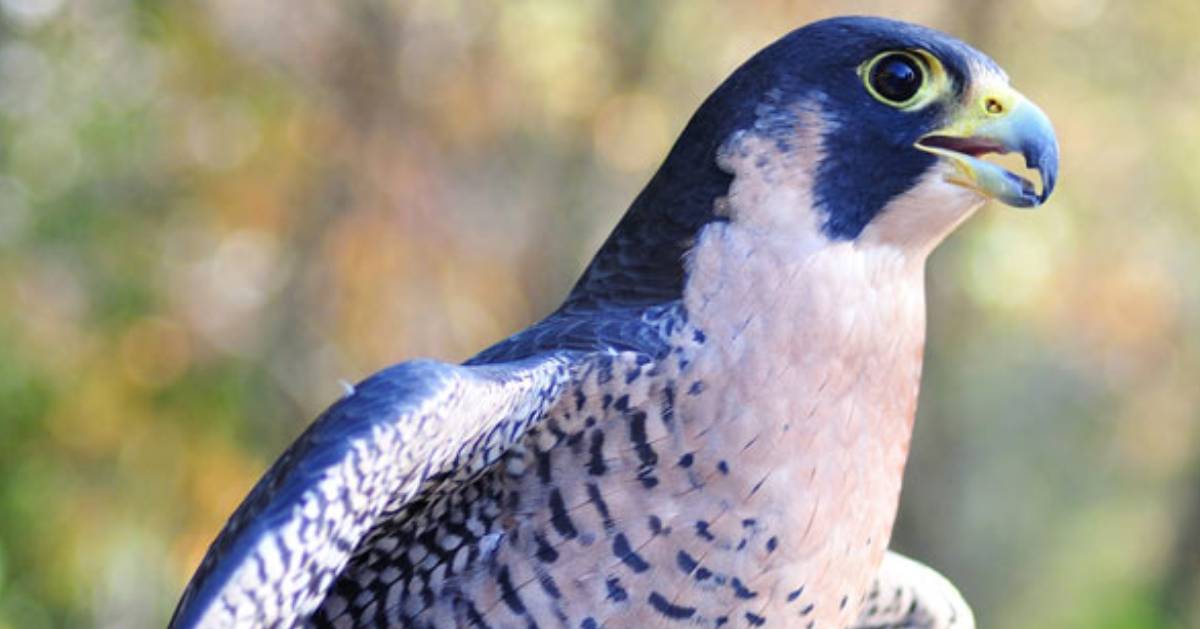
In addition, the Peregrine Falcon and other birds of prey are protected by South Carolina state wildlife law section 50-11-852 which states that it is: 'unlawful to molest or kill birds of prey. In the future, we hope to use these samples to create a genetic profile of this recovered peregrine population. As of 2003, the Peregrine Falcon was listed as endangered on the South Carolina Rare, Threatened and Endangered Species Inventory. Over the course of the project more than 2000 blood samples have been collected from banded chicks. Adults have blue-gray wings, dark brown backs, a buff colored underside with brown spots, and white faces. A minimum of 443 young were produced by these territorial pairs. The peregrine falcon is a raptor, or bird of prey. and its breakdown product DDE in peregrine falcons and other birds of prey 2. In 2007, there were 226 known territorial pairs throughout the Midwest and Canadian Great Lakes region. The Arctic peregrine falcon (Falco peregrinus tundrius) is one of three. In 1987, Peregrine Falcons nested successfully east of the Rocky Mountains for the first time since the 1960's. The chicks that fledged and survived from these hack sites were the beginning of new generations of wild peregrines. Captive-bred chicks have been released from cliffs, towers, and tall buildings where they were monitored and given assistance while learning to fly and become independent. Once an endangered species in Michigan, Peregrine Falcons have been making a comeback since. Both adults and immatures have a wide, dark 'moustache' mark below the eye. While both the English and scientific names mean wandering falcon in relation to the migratory nature of the north and European falcons.

Adult peregrines are slate-grey above and pale below, with fine dark bars and spots on their underparts. The name ‘peregrine’ is from the Latin word ‘peregrinus’, which means ‘wanderer’ or ‘pilgrim’. It feeds primarily on birds, which it takes on the wing.

Release efforts began in the Midwest in 1982. Plunging from tremendous heights, the peregrine falcon can reach up to 180 mph in pursuit of prey. In the mid 1970s a few determined and passionate falconers led by The Peregrine Fund, then at Cornell University, pioneered captive breeding and release techniques which facilitated restoration programs throughout the United States. The Peregrine Falcon mates for life and pairs maintain a home range of about 20 km to 30 km square throughout the year.


 0 kommentar(er)
0 kommentar(er)
